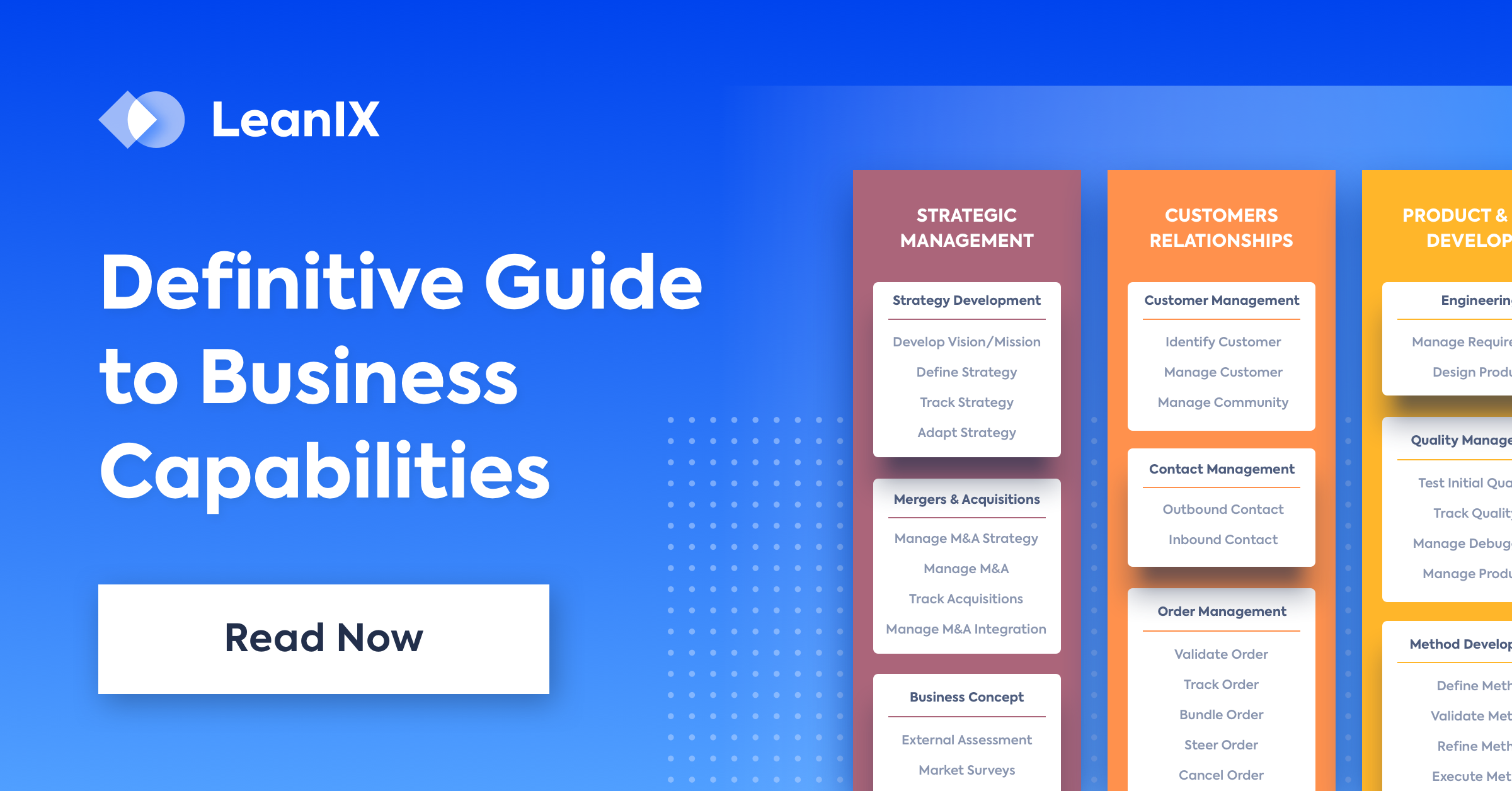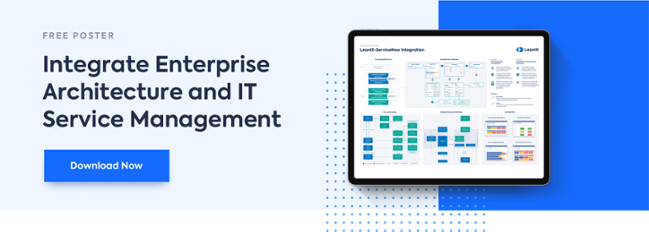
Customer success is a real-time, proactive approach to establishing, developing, and building relationships between businesses and individuals. It involves truly understanding customers and their respective organizational KPIs ,and helping disentangle whatever bottlenecks they may have in order for goals to be met and surpassed.
But, to be a little more specific, customer success in my SaaS-based world is about facilitating the successful implementation of services and products to create the following: A holistic, ingrained, and proactive initiative that leverages company-wide customer health and visibility metrics, as well as technology, in order to adjust strategies accordingly and continually provide value to improve a customer’s rate of success.
Or, to put it another way, all products exist to help solve a problem — and customer success is just the logical extension of doing so.
Customer success representatives don’t just help customers by providing a great product. They strive to also support, encourage, and offer consultative help. This leads some companies to view customer success in terms of client or relationship management; others in terms of customer experience. Some choose to even emphasize client value and up-selling. Regardless, in every case, it’s about making sure that customers succeed.
This is the important part to remember.
Why customer success is associated with the SaaS world
Today, though companies of all types have customer success programs, its origins remain rooted in SaaS. One of the reasons for this is that the SaaS business model requires continued customer satisfaction to grow and succeed. Software companies of the past could sell a product and profit without needing to maintain relationships with customers until they encountered a problem. Today’s companies must actively retain customers.
Now, rather than sell a piece of software for tens of thousands of dollars, applications are sold with subscriptions — the likes of which can cost several hundreds of dollars a month — and the goal is to help customers receive consistent value over time.
This approach is not all about profit, though. SaaS companies are uniquely positioned to monitor their products’ usage at all times. It’s a unique advantage that differentiates SaaS companies from, say, those selling batches of steel pipe who never actually know when their products get installed or if there are problems in an installation. SaaS companies, on the other hand, have deep insights into how their products become used and the issues that arise.
And this is what puts them at the forefront of proactive customer success.
What was customer success like 5-10 years ago, and what has changed since
You can refer to the version of customer success that existed 5-10 years ago as “Customer Success 1.0”. This was a period when most customer success programs/departments were focused on churn avoidance. Since then, however, these groups have evolved into a growth engine for companies in which strategies are shaped according to their customers' actual outcomes and experiences with the product. You can call this “Customer Success 2.0”.
But just how important is customer success for an organization’s company culture? Here are five reasons.
Five reasons customer success is imperative for any organization’s company culture
1. Customer success helps improve internal communication
A customer’s relationship with a brand begins with the very first sales call or email. Every single interaction from then on impacts the success this customer will have throughout their journey. This means that every department is responsible for a piece, no matter how small, of the overall customer sentiment and satisfaction.
Instead of shuttling a customer through their journey with a series of online-only phone calls or impersonal introduction emails, a customer-focused organization will carefully orchestrate planned interdepartmental handoffs designed to help customers between journey stages and become comfortable working with new teams and faces. Well-organized organizations will have a clear plan in place for how these handoffs occur, ensuring every department acts in lockstep and that customers are fully cared for.
2. Customer success can increase the appeal of your product roadmap
A customer success department that frequently holds check-in meetings can acquire essential product information that’s otherwise impossible to obtain. For example, your biggest customer may tell you they are happy over the phone, but sending a customer success person to their operation can improve their experience with your product even further. In addition, the needs and wants of your current customers are often aligned with what your prospects are looking for. Let these common customer requests shape your product roadmap and craft your messages to existing prospects to help boost new business opportunities. Saying “we’re adding that soon” to a prospect is much better than “we don’t have that.”
3. It influences every department’s KPIs
From the standpoint of day-to-day activities, the goals and KPIs of many departments should already be focused around customer success. Sales team members work hand-in-hand with CSMs to get new accounts off the ground and handle any resulting business from the relationship. Marketers often must work directly with customers to capture success stories or develop up-sell marketing campaigns. Product teams work to develop and build new solutions requested to solve specific issues. Even administrative roles can help streamline internal processes or workflows for the smoothest customer experience possible.
With every department involved in maximizing customer satisfaction and experience, every single person is working towards a connected goal.
4. It keeps all relevant stakeholders happy
As the oft-used saying goes: when the customer is happy, the company is happy. Having a portfolio of satisfied customers who are content with their service and are ready to engage and communicate with a brand is a literal dream of any B2B organization.
Organizations who are looking to become truly customer-centric must instill a sense of cohesiveness between customer sentiment and organizational sentiment. This isn’t as simple as just telling a company as a whole to get up in arms whenever a customer is unhappy with their service. In fact, it’s almost the complete opposite. Organizations as a whole must realize when a customer is upset and rally together, as one team, to fix the issue and restore the customer to their former happy selves.
5. It guarantees focus and commitment from top management
At the end of the day, customer-focus trickles down from the top. If an executive team hasn’t bought into the idea of a customer-centric organization, nobody else will think that way either. Executives must understand the impact customer success has on a business, including how recurring revenue is impacted. Executives can then take this insight and share with other stakeholders, including board members, to gain the full support of all decision makers at an organization.
When executive teams and other members of the C-Suite are focused on building and supporting a customer-centric culture, it guarantees customer success a seat at the table. This means integrating customer centricity and success into the overarching goals and KPIs of an organization. There is a lot an organization can accomplish when it’s fully customer-focused, but it needs executive buy in to get there.

.png?width=140&height=107&name=BTMPlaybook-FI%20(1).png)

